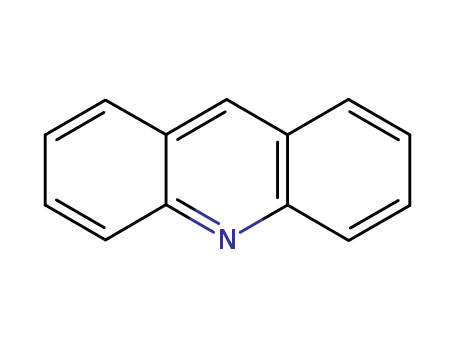10.1016/j.ejmech.2011.04.016
The research focuses on the synthesis and evaluation of functionalized quinacrine analogs for their anti-prion activities and drug-like potential. The study involves the replacement of the basic alkyl side chain of quinacrine with various 4-(substituted phenyl)piperazinyl and 1-benzylpiperidin-4-yl moieties to derive new analogs. The anti-prion activity of these analogs was assessed using different prion-infected murine cell models, with potency, activity across models, and binding affinities to a human prion protein fragment (hPrP121e231) being key parameters. The experiments included cell-based assays to determine the effective concentration reducing PrPSc content (EC50), full anti-prion activity (FAA), and maximal tolerant concentration (TC). Additionally, the binding affinities were measured using surface plasmon resonance (SPR), and permeability across the blood-brain barrier was evaluated using the PAMPA-BBB assay. The analogs were also tested for their susceptibility to P-glycoprotein (Pgp) efflux activity, which can limit brain accumulation. The reactants used in the synthesis of these analogs included amines, acridine derivatives, and other chemical moieties, while analyses involved NMR, MS, HPLC, and combustion analysis to confirm the structures and purities of the synthesized compounds.



 Xn
Xn


